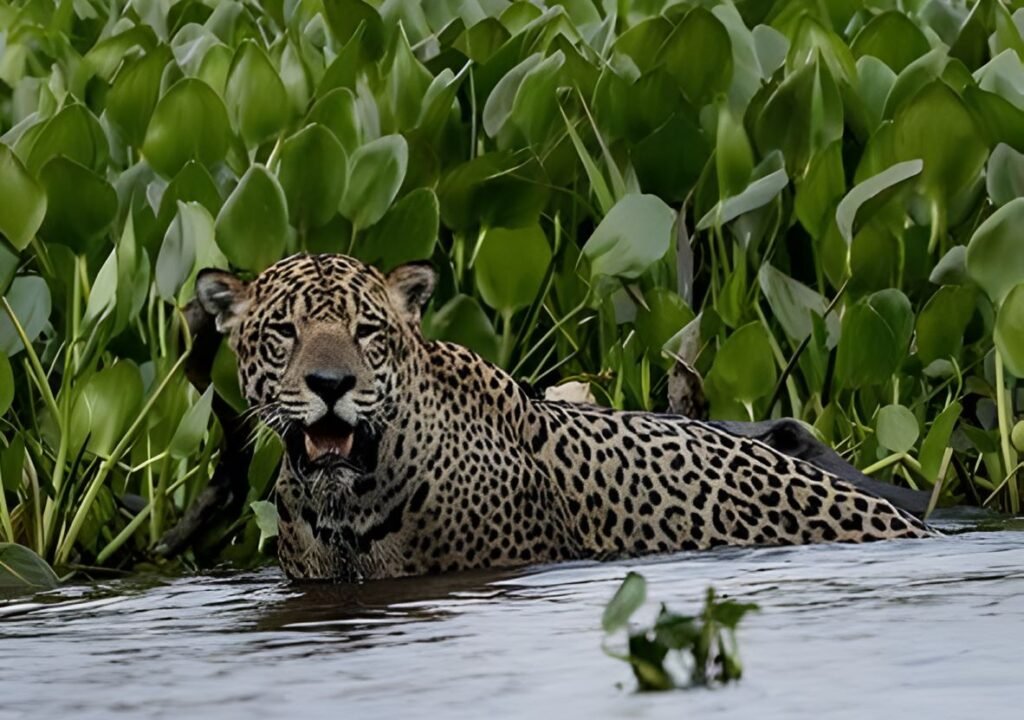The jaguar is the largest feline in the Americas and a symbol of power in many cultures. However, it faces numerous challenges for survival. Habitat loss and conflicts with human activities are major threats. In the Most Important Natural Reserves for the Jaguar, these majestic creatures find refuge and protection. Thanks to the creation of these protected areas, crucial ecosystems are preserved, allowing the jaguar’s survival and contributing to biodiversity balance in South America.
We’ll explore the main reserves where jaguars find a safe habitat. You’ll also learn how you can contribute to their conservation while enjoying the natural beauty of these places.
Why are natural reserves important for the jaguar?
Natural reserves play a crucial role in the conservation of the jaguar by:
- Protecting its habitat: Jaguars need large expanses of jungle, forests, and grasslands for hunting and reproducing.
- Connecting populations: Biological corridors allow genetic flow between different jaguar groups. This increases genetic diversity and population health.
- Promoting research: Scientists can study the behavior, diet, and habitat requirements of the jaguar. These studies help develop more effective conservation strategies.
The main natural reserves for the jaguar in South America
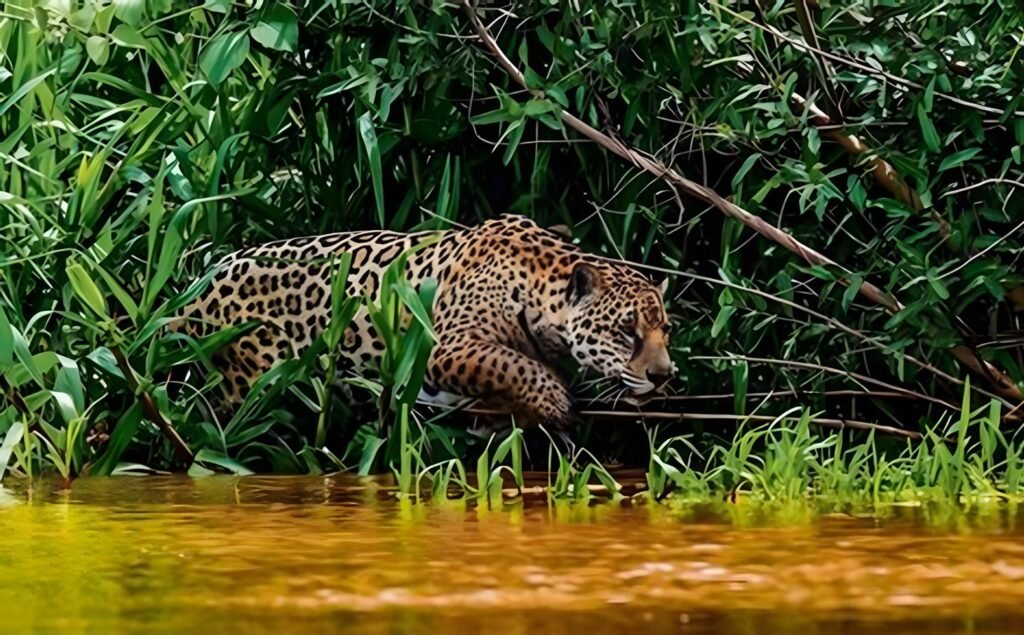
In South America, several natural reserves play a crucial role in jaguar preservation. These areas offer refuge and protect their habitats, providing a safe environment for the jaguar and allowing for responsible sightings of this emblematic species.
Brazil
Brazil is home to some of the most extensive and vital territories for jaguar conservation. These areas provide a suitable environment for them to thrive.
- Pantanal: This is one of the best places to observe jaguars in their natural habitat. The Pantanal is home to one of the largest concentrations of this species worldwide.
- Amazon: The vast Brazilian Amazon rainforest hosts numerous jaguar populations. Observation is more challenging due to the dense vegetation.
Argentina
Argentina is committed to jaguar conservation, protecting key areas to preserve its populations.
- Iguazú National Park: This park is famous for its impressive waterfalls and also hosts a population of jaguars in its subtropical forests.
- Iberá Wetlands: This extensive wetland is an important refuge for the jaguar in Argentina, especially crucial during the dry season.
Bolivia
Bolivia has protected areas that provide a suitable habitat for jaguars, ensuring the species’ conservation in a safe and biodiverse environment.
- Madidi National Park: This park is one of the most biodiverse in the world. Madidi offers an ideal habitat for jaguars and other wildlife species.
Colombia
In Colombia, natural reserves play a key role in jaguar preservation, especially in remote areas that offer protection for this vulnerable species.
- Colombian Amazon: Similar to Brazil, the Colombian Amazon is a stronghold for jaguar conservation.
- Chiribiquete Mountain Range: This remote region has been declared a UNESCO World Heritage Site. It hosts a well-preserved jaguar population.
Peru
Peru is home to some of the most important reserves for jaguar conservation in South America, especially in its vast Amazon region.
- Peruvian Amazon: The Peruvian Amazon rainforest is a refuge for jaguars, with remote and less-explored areas offering them a safer environment.
- Manu National Park: This national park is famous for its biodiversity and is a key place for jaguar research and conservation.
Threats and challenges
Despite conservation efforts, the jaguar faces numerous threats, such as:
- Habitat loss: Deforestation, agricultural expansion, and infrastructure development are the main causes of jaguar habitat loss.
- Poaching: Jaguars are hunted for their fur and due to conflicts with ranchers.
- Conflicts with humans: Human population growth and agricultural expansion increase conflicts between jaguars and humans.
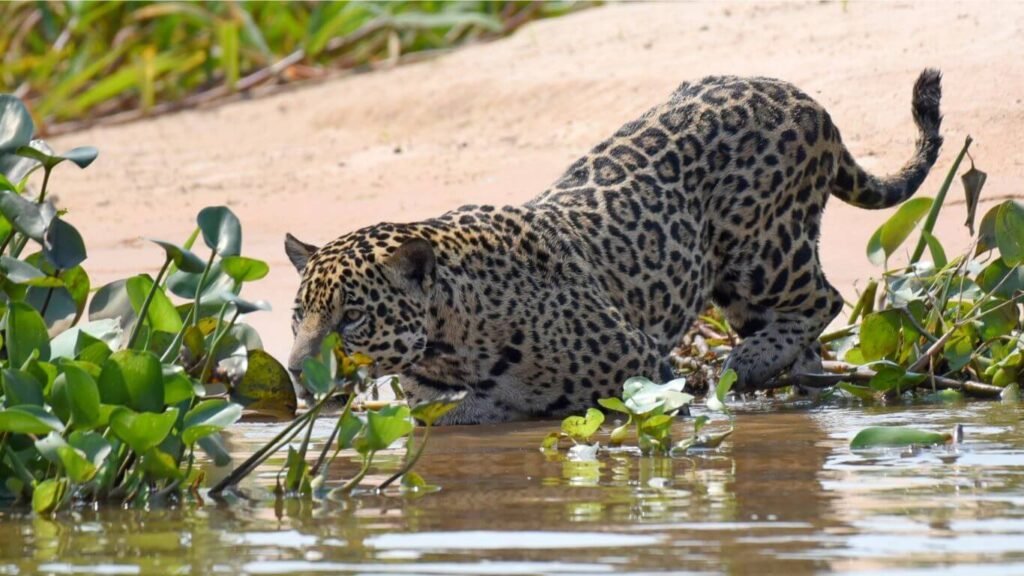
Recommendations for an unforgettable trip
To make your visit to the Most Important Natural Reserves for the Jaguar a memorable experience, keep the following in mind:
- Hire local guides: Guides know the territory well and help maximize your chances of spotting a jaguar.
- Respect the environment: Leave no trace of your visit and do not feed the animals.
- Travel in small groups: This reduces the environmental impact and allows a more personalized experience.
- Be patient: Wildlife observation requires time and patience.
The jaguar is a symbol of nature’s strength and beauty. Its survival depends on us. By protecting its habitats and supporting conservation initiatives, we are ensuring a future for generations to come. Together, we can make a difference!
Frequently asked questions
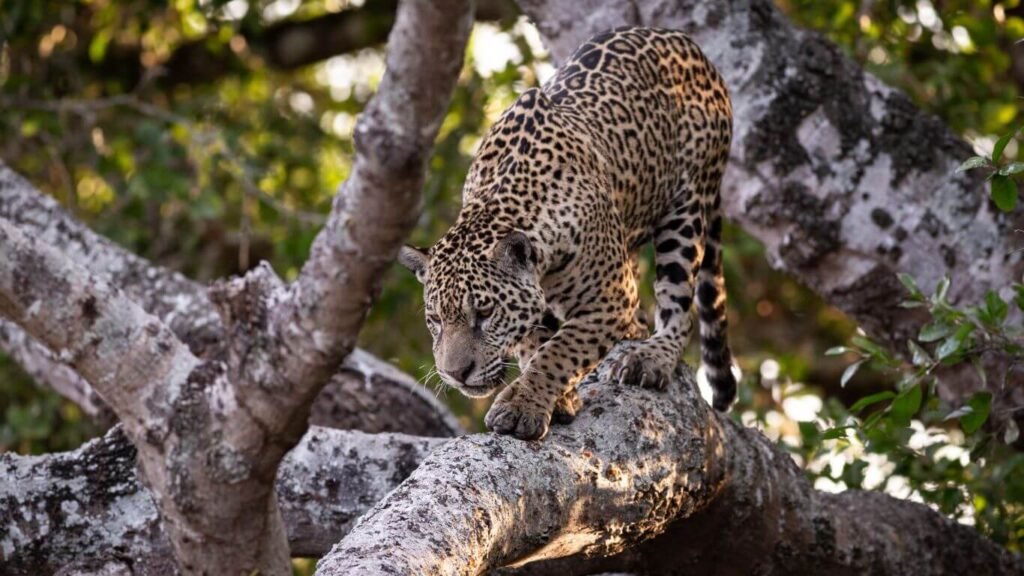
1. Is it safe to observe jaguars in the wild?
Yes, as long as you follow the guides’ recommendations and maintain a safe distance.
2. What is the best time to see jaguars?
The dry season is usually more favorable since the vegetation is less dense, and animals gather around water sources.
3. What equipment do I need for a jaguar safari?
Binoculars, a camera, comfortable clothing, and insect repellent are essential.
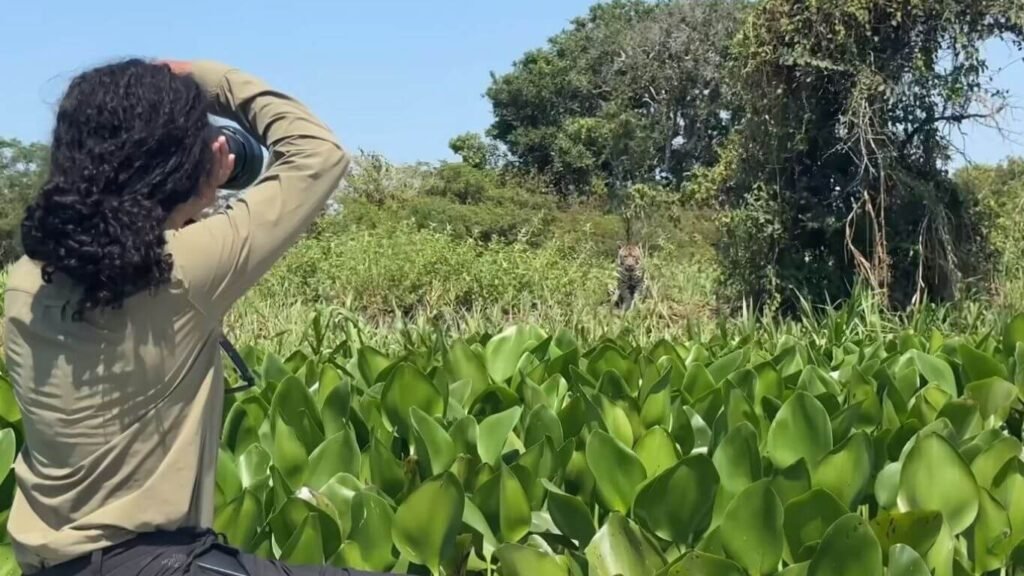
Live the adventure with Lorenzo Expeditions!
If you’re looking for a unique jungle experience, Lorenzo Expeditions offers the opportunity to explore the most remote corners of South America. Our expert guides will take you to the best spots to see these majestic felines, guaranteeing an unforgettable and environmentally respectful experience.

